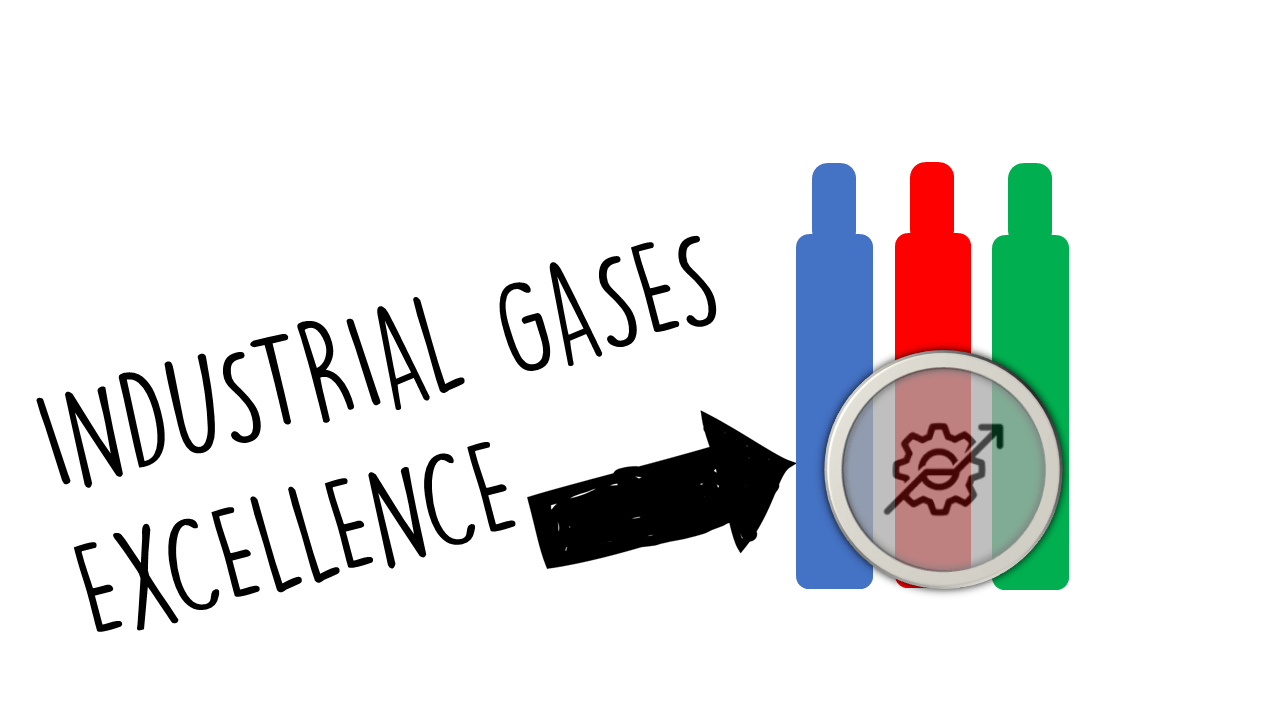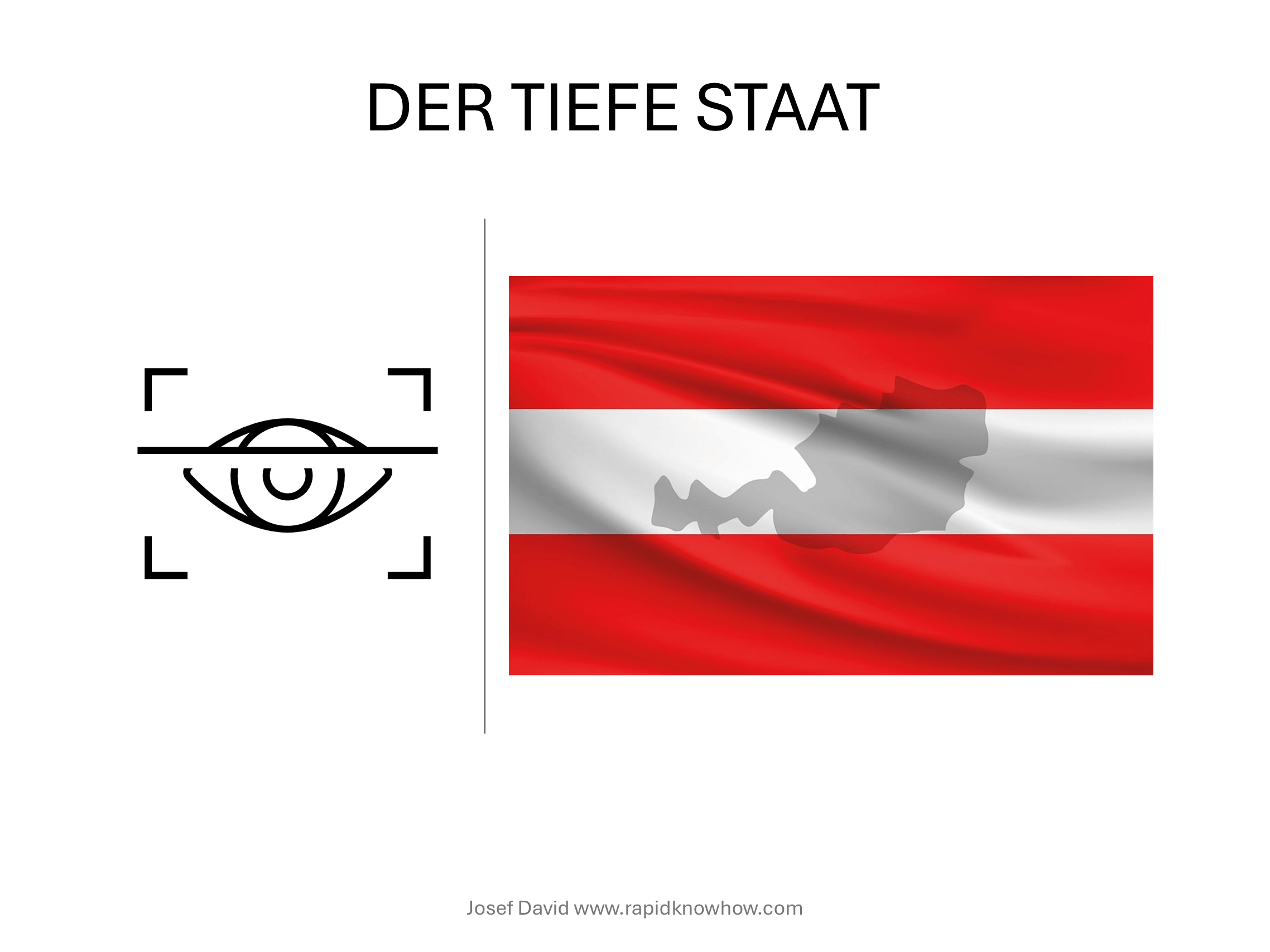The concept of a “Low Cost Provider” in the industrial gas sector refers to companies that efficiently deliver high-quality industrial gases at lower prices than competitors.
This strategy focuses on minimizing operational and production costs while maintaining customer satisfaction through reliability and service quality.
The low-cost provider leverages economies of scale, optimized supply chains, innovative technologies, and streamlined processes to achieve cost leadership without sacrificing product performance.
Framing
Framing the Low Cost Provider strategy within Industrial Gas Excellence can be approached by emphasizing its competitive advantages:
- Value for Money: Positioning the low-cost provider as delivering superior value through competitive pricing, offering customers the best ratio of quality to cost.
- Operational Excellence: Highlighting the importance of efficiency and lean manufacturing in reducing costs, showcasing commitment to continuous improvement approaches like Lean Six Sigma.
- Scale and Reach: Leveraging large production capabilities and a vast distribution network to achieve economies of scale that allow for competitive pricing while reaching a broader market.
Re-Framing
Re-framing the Low Cost Provider strategy helps shift the focus from mere cost-cutting to strategic value creation:
- From Cost Reduction to Strategic Investment: Emphasizing that investments in technology, process optimization, and talent development can lead to sustainable low-cost operations rather than just short-term savings.
- From Price Competitiveness to Value Differentiation: Focusing on how a low-cost provider can also deliver exceptional customer service, reliability, and tailored gas solutions, thereby creating a differentiated value proposition.
- From Volume to Innovation: Highlighting that the low-cost model can also drive innovation by allowing resources to be allocated toward research and development, ensuring ongoing improvements to products and services.
Actions
Process Optimization:
- Conduct a comprehensive review of production processes to identify inefficiencies and bottlenecks.
- Implement Lean methodologies to streamline workflows, reduce waste, and improve overall efficiency.
Technology Investment:
- Invest in automation and digital technologies to enhance production capabilities and reduce labor costs.
- Utilize data analytics to drive informed decision-making across the supply chain.
Supply Chain Enhancements:
- Develop strategic partnerships with suppliers to negotiate better pricing and terms for raw materials and services.
- Optimize logistics to reduce transportation costs, using software solutions that enhance route planning and load optimization.
Employee Training and Engagement:
- Empower employees with training programs focused on cost-conscious practices and operational excellence.
- Foster a culture of innovation where employees are encouraged to propose cost-saving measures and improvements.
Customer-Centric Approach:
- Engage with customers to understand their specific needs and tailor offerings accordingly, improving retention and loyalty.
- Implement feedback mechanisms to gather insights for continuous improvement in service.
Case Studies
1. Air Liquide – Lean Six Sigma Implementation
- Challenge: Air Liquide faced pressure to maintain competitive pricing while improving operational efficiency.
- Action: The company implemented Lean Six Sigma practices across its manufacturing plants, identifying waste and process inefficiencies.
- Outcome: Achieved a 15% reduction in production costs and improved product delivery speeds, which enhanced competitive positioning in the market.
2. Praxair – Energy Efficiency Initiatives
- Challenge: Rising energy costs impacting overall production expenses.
- Action: Praxair invested in energy-efficient technologies for gas production, including advanced cryogenic systems and heat recovery processes.
- Outcome: Successfully reduced energy consumption by 20%, allowing for lower pricing on gas products while maintaining profit margins.
3. Linde – Innovative Supply Chain Solutions
- Challenge: High logistics costs affecting their pricing competitiveness.
- Action: Linde adopted advanced supply chain management software to optimize delivery routes and manage inventory effectively.
- Outcome: Reduced transportation costs by 25%, enabling them to offer more competitive pricing while improving service levels.
4. Messer – Standardization and Modular Practices
- Challenge: High operational costs due to variability in production methods and equipment.
- Action: Messer standardized production processes and implemented modular plant designs that allow for flexibility and scalability.
- Outcome: Achieved a significant reduction in capital expenditures and operating costs, leading to enhanced competitiveness in pricing.
Conclusion
The Low Cost Provider strategy within Industrial Gas Excellence represents a viable approach for companies looking to maintain competitiveness while delivering high-value products. By framing the approach around operational excellence, value delivery, and strategic investments, organizations can ensure they do not compromise on quality while reducing costs.
Re-framing this strategy to focus on long-term value creation, customer engagement, and innovation helps shift the narrative from solely relying on cost-cutting measures to building a sustainable competitive advantage.
Through targeted actions, including process optimization, technology investment, supply chain enhancement, employee engagement, and a customer-centric focus, companies can effectively implement this low-cost strategy.
Real-world case studies illustrate how successful industrial gas providers have embraced these principles, achieving notable cost reductions while enhancing their market position.
By adopting the Low Cost Provider strategy, businesses can thrive in a challenging and competitive industry landscape while ensuring their customers receive optimal value from their offerings.





